Featured Podcast
Five Senses Facts
Five Senses ['fīv] ['sen(t)sz]
Our body learns about the physical world through its five senses - sight, hearing, touch, smell, and taste.

Our senses allow us to learn, to protect ourselves, to enjoy our world. Can you imagine what it might be like to live your life without any of your senses? The senses usually work together to give us a clear picture of the things around us. If one sense is not working due to an accident or illness, then other senses will take over or become stronger to make up for the missing sense.
The five senses are: taste, sight, touch, smell, and hearing.
Taste

Our sense of taste comes from the taste buds on our tongue. These
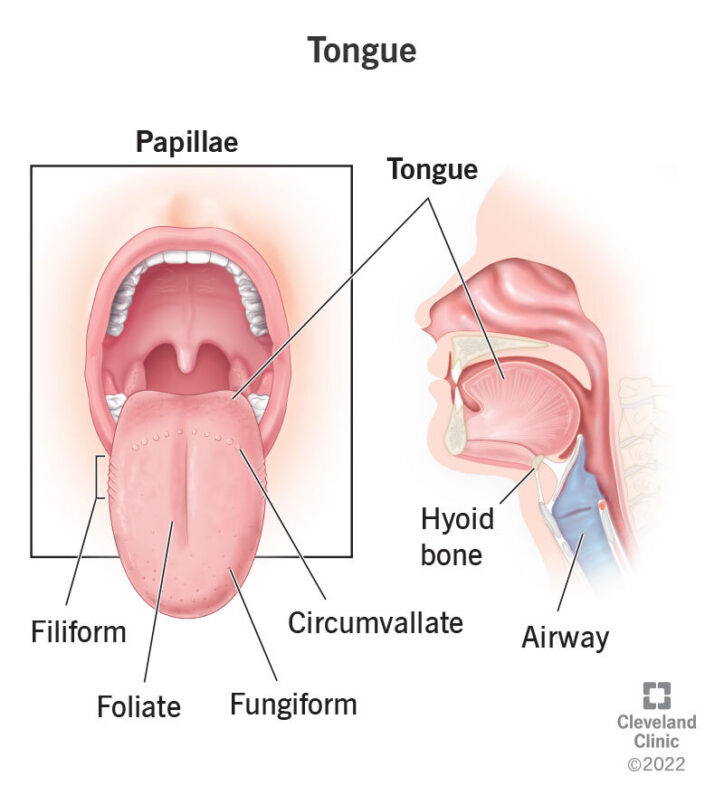
buds are also called papillae (say: puh-pih-lee). But, the sense of smell also affects our taste.
The tongue is only able to taste four separate flavors: salty, sweet, sour, and bitter. But, you might ask, how come
different sweet foods taste different if there are only four flavors? That's because your favorite candy might be a combination of sweet and salty. And the chips in your chocolate chip cookie could be a combination of sweet and
bitter. Everything you taste is one or more combinations of these four flavors.
Not only can your tongue taste, but it also picks up texture and temperature in your food like creamy, crunchy, hot, or dry.
Your tongue is also one of the strongest muscles in your body and is able to heal from injury more quickly than other parts of your body. We also need our tongue to produce certain sounds when we speak.
Learn more about taste from KidsHealth.

Sight
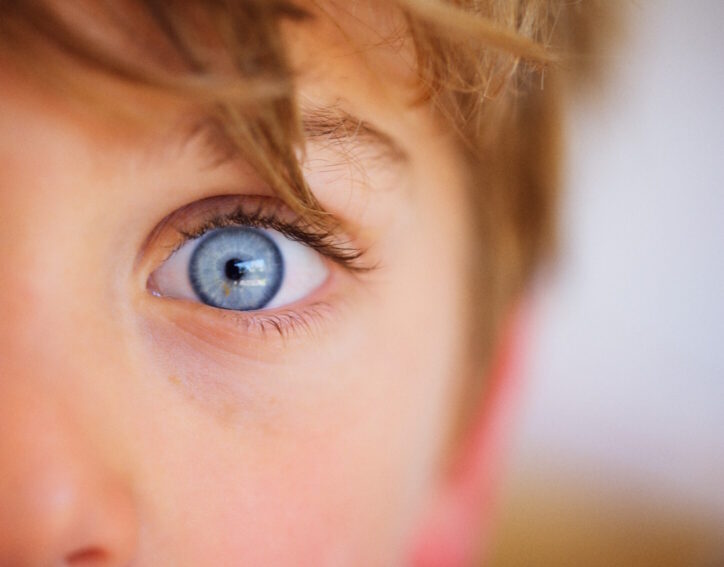
Our sense of sight is all dependent upon our eyes. A lens at the front of the eyeball helps to focus images onto the retina at the back of the eye. The retina is covered with two types of light-sensitive cells – the cones and the rods. The cones allow us to see color and the rods allow us to see better at night and also aid us in our peripheral vision. All of this information is sent to the brain along the optic nerve.
The images sent are actually upside down and our brain makes sense of what it receives by turning the image right side up. The brain also uses the images from two eyes to create a 3D (three-dimensional) image. This allows us to perceive depth.
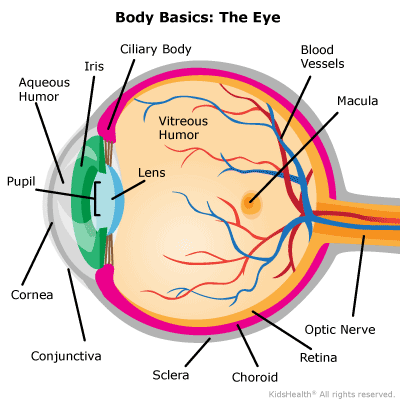
Some people are not able to tell red colors from green colors. This is called color blindness. Others, through injury or other conditions, have little to no sight at all. Want to take a color blindness test?
Learn about blindness from KidsHealth.
Touch
The sense of touch is spread through the whole body. Nerve endings in the skin and in other parts of the body send information to the brain. There are four kinds of touch sensations that can be identified: cold, heat, contact, and pain. Hair on the skin increases the sensitivity and can act as an early warning system for the body. The fingertips have a greater concentration of nerve endings.
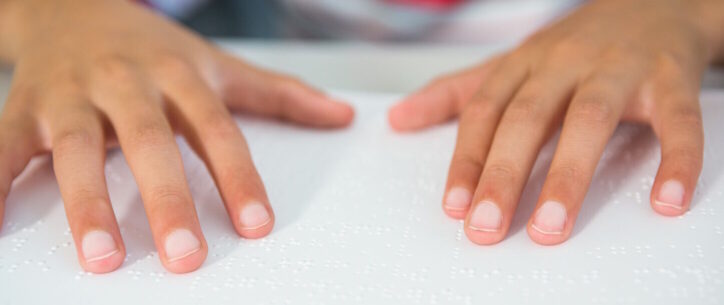
People who are blind can use their sense of touch to read Braille which is a kind of writing that uses a series of bumps to represent different letters of the alphabet. Want to learn more about Braille?
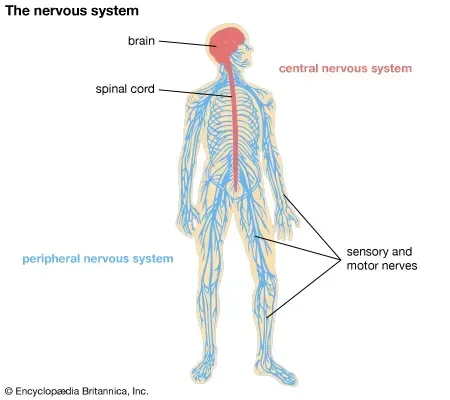
Are some areas of your skin more sensitive to touch than others? Learn all about it with this experiment at KidsHealth.
Smell

Our nose is the organ that we use to smell. The inside of the nose is lined with something called the mucous membranes. These membranes have smell receptors connected to a special nerve, called the olfactory nerve. Smells are made of fumes of various substances. The smell receptors react with the molecules of these fumes and then send these messages to the brain. Our sense of smell is capable of identifying seven types of sensations. These are put into these categories: camphor, musk, flower, mint, ether, acrid, or putrid. The sense of smell is sometimes lost for a short time when a person has a cold. Dogs have a more sensitive sense of smell than man.
In addition to being the organ for smell, the nose also cleans the air we breathe and impacts the sound of our voice. Try plugging your nose while you talk.
Smell is also an aid in the ability to taste.
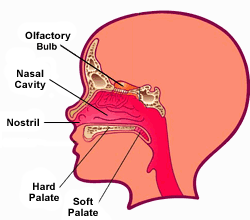
Learn more about how your nose works at KidsHealth.
Hearing

Our ears, which help us hear, are made of two separate parts: the outer ear and the inner ear. The outer ear is the part that others see. It works like a cup to catch sound as it travels past our heads. This part is made of cartilage and skin. From here, sound travels to the tympanic membrane and then onto the inner ear via the three smallest bones in your body. The inner ear is also called the cochlea and is a spiral-shaped tube that translates vibrations into sound and sends that message to the brain through the auditory nerve. The brain uses the sounds from both the left and the right ear to determine the distance and direction of sounds.
Some people who are unable to hear rely on sign language for communication. This is done by using their hands and body language to communicate with others. Learn more about sign language.
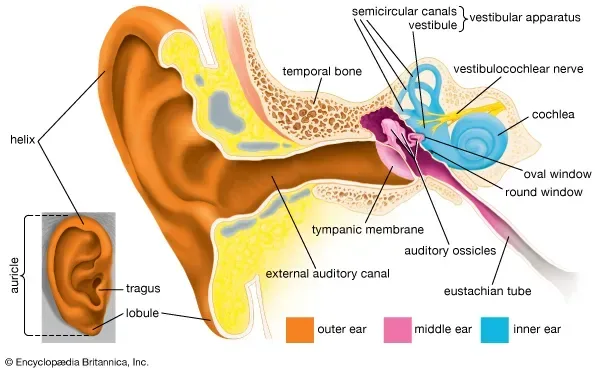
Learn more about how your ears do their job at KidsHealth.
Additional Senses
In addition to sight, smell, taste, touch, and hearing, humans also have a sense of balance, pressure, temperature, pain, and motion. These various "new" senses all work together and may involve the coordinated use of the sense organs. The sense of balance is managed by a complicated network of various body systems. Any quick change to any of the five senses can cause the feeling of dizziness or unsteadiness. You might have experienced this while riding in a car or turning quickly.
Give This a Try
This is your opportunity to try an experiment with your senses. You will need:
- something you enjoy eating – maybe an apple or banana
- an onion, cut open (adults should do the cutting)
Now, get someone to help you, by holding the onion under your nose while you eat the apple or banana. Take a deep breath and chew. What do you notice? Some of our enjoyment of eating comes from the fragrances of the food.
What foods do you enjoy smelling? Fresh baked cookies? Bacon frying? Some fragrances will even bring back strong memories.
Fun Links
Check out Sensing the World from Arizona State University. Learn more about each of the five senses and try some of the activities and experiments.
Are there other senses than the five that humans use? Some animals have senses we don't, such as the ability to sense electrical impulses or warm-blooded prey! Join the Wild Kratts to learn about the special senses used by platypuses, diamondback rattlesnakes, and dolphins.
Join Curious George as he uses his five senses to figure out a way to stop deer from eating his garden.
In this Count Your Senses video, The Cat in the Hat sings a song all about your five senses.
Some animals have much better senses of smell, sight or hearing than humans do. Find out about animals with "super senses" at the the American Museum of Natural History.
With Sid the Science Kid, explore your five senses as you play "I Sense," "What's That Smell?," and "Spot the Difference."
Learn more about how your tongue fits into the senses from KidsHealth.
Senses activities – try all 5! From Neuroscience For Kids.
Experiments you can do with your senses – from KidsHealth
Science News for Kids has some great articles on the 5 senses. Check these out:
Try out the links to other Science Trek programs:
Top 10 Questions
February 2016
Thanks to Thanks to Dr. Naya Antink, pediatrician at Saint Alphonsus Regional Medical Center; and Dr. Bradley Bishop, pediatrician, Saint Alphonsus Regional Medical Center for their answers. for the answers.
-
Do we really only have five senses?
Yes, we humans only have five senses: sight, sound, smell, taste and touch. Some animals have more than five, but that's pretty rare. (From Karli at Sagle Elementary School in Sagle)
-
What sense do we use the most?
It depends on what sense you use and if you have all five senses originally. The sense we probably rely on and use the most is our vision. We use our eyes all day, as our eyes are open. We do use our senses of smell and taste at times, and our sense of hearing is always there, but it's our vision that we most rely on. (From Jorge at White Pine Elementary School in Boise)
-
What makes us hear sound?
The ear works like a cone to absorb wave lengths of sound. As the sound comes into the ear, it hits our eardrum, which then converts the sound wave into a mechanical movement that gets transmitted into an electrical signal. This signal goes through the cochlea and gets sent up to the hearing section of the brain. It is then that we hear sound. (From Caden at White Pine Elementary School in Boise)
-
How do taste buds work?
Taste buds are very specific cells on the surface of your tongue that help you sense flavor. When you eat something that's sweet, like sugar, the taste buds contain receptors that signal you to taste that sweet substance. That signal is sent to your brain. The taste buds on your tongue can sense four different things: sweet, sour, bitter and salty. (From Rhone at Jefferson Elementary School in Boise)
-
How do your fingers feel?
Within your fingers, you have sensory cells that help you feel things. How these cells are distributed, how close they are together, affects whether there is any texture to what you are feeling and the degree to which you will feel it. If you'll notice, it is easier to feel textures with your fingers than it is to feel them with the back of your hand. Your receptor cells are able to sense as you touch something (the sense varies depending on the pressure you apply) and the signals are sent to your brain and let you know you are touching something. (From Hyfa at Jefferson Elementary School in Boise)
-
When you see a color, how do you know that everybody else sees the same color?
Color perception is a difficult science. When we see a color, we learn that the lemon is yellow, and the wavelength that is emitted from the lemon into our brain triggers a special cell in the eyeball, called a cone cell. A signal is sent to the brain allowing us to interpret it as lemon. Now, some people are colorblind, that is they cannot "see" certain colors. There are special tests where you can determine if you are colorblind. So, we don't know until someone takes those tests if they are "seeing" the same color as everyone else. (From Georgia at White Pine Elementary School in Boise)
-
Why do kids like sweet the best?
We have the sweet receptors on our tongue, the taste buds that taste sweet. There are some who believe that there are more sweet taste buds when we are little and that those taste buds dissipate with time, or become less with time. Then, there are those that believe that sugar can actually stimulate our brain and give us excitement. Doctors use sugar water to help calm infants when they do procedures with them. (From Masha at White Pine Elementary School in Boise)
-
Why are our ears shaped like this?
Ears are shaped like a cone to help absorb the sound waves and channel them deep into the ear to the eardrum. There, they are transmitted into electrical signals that get sent to the brain. (From Kaylani at Jefferson Elementary School in Boise)
-
How does the eyeball actually work?
The eyeball receives light. There is a small, black dot in the front of your eye. That is the hole that allows light to enter through the eye. Behind that is a lens. It's like a lens of a camera that helps to focus the light onto the back of your eyeball. On the back of your eyeball, there are receptors called cones and rods that help you perceive the light. The light is sent to your brain to help you see. (From Austin at Sagle Elementary School in Sagle)
-
How can you smell something while your nose is clogged up?
Your nose has receptor cells that sense particles like those of a rose or food. These sensations are transmitted into your brain to acknowledge the smell. When your nose is clogged, sometimes some of those cells get covered, and it may be difficult to smell things when your nose is stuffy. (From Gus at Jefferson Elementary School in Boise)
